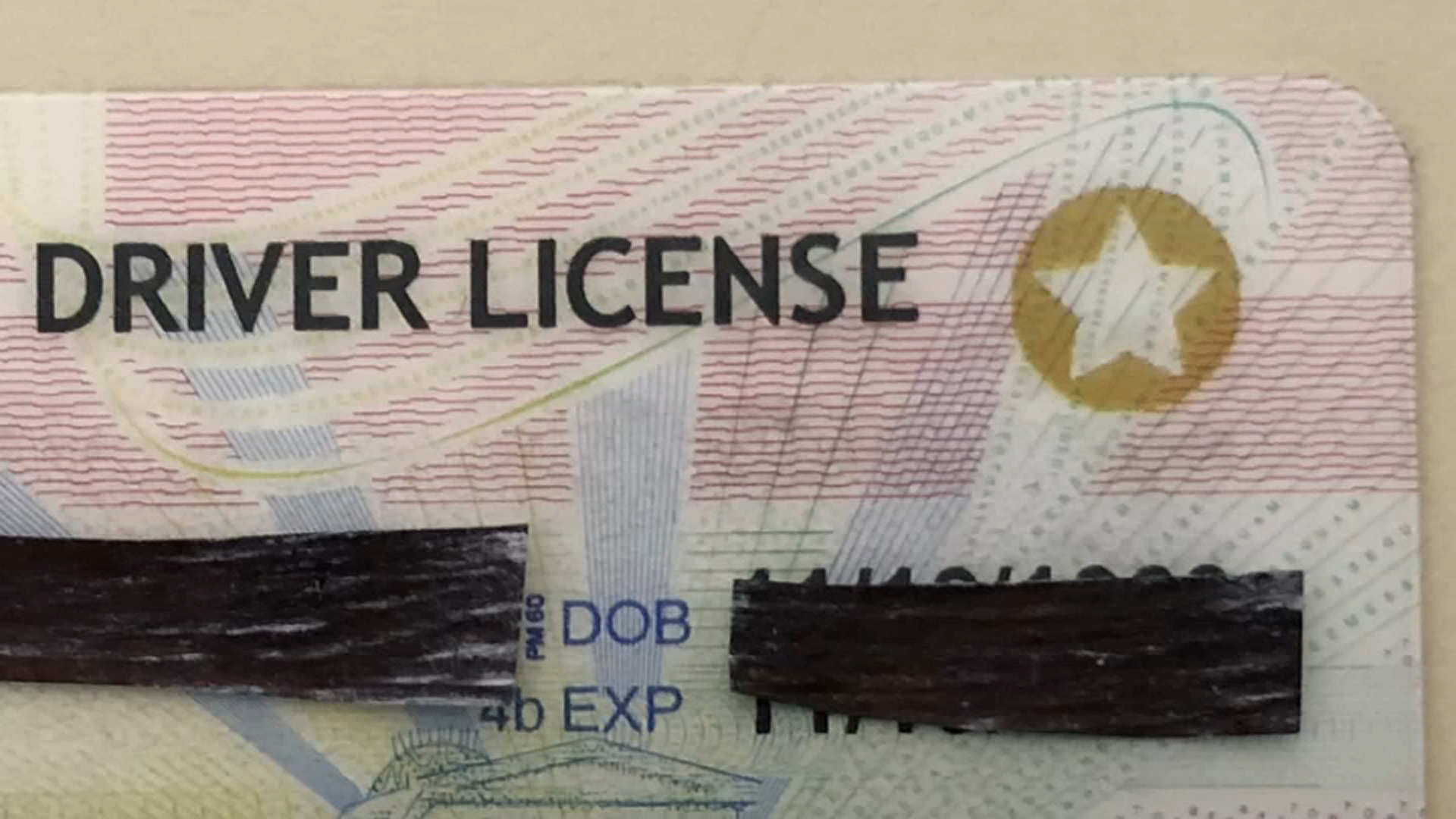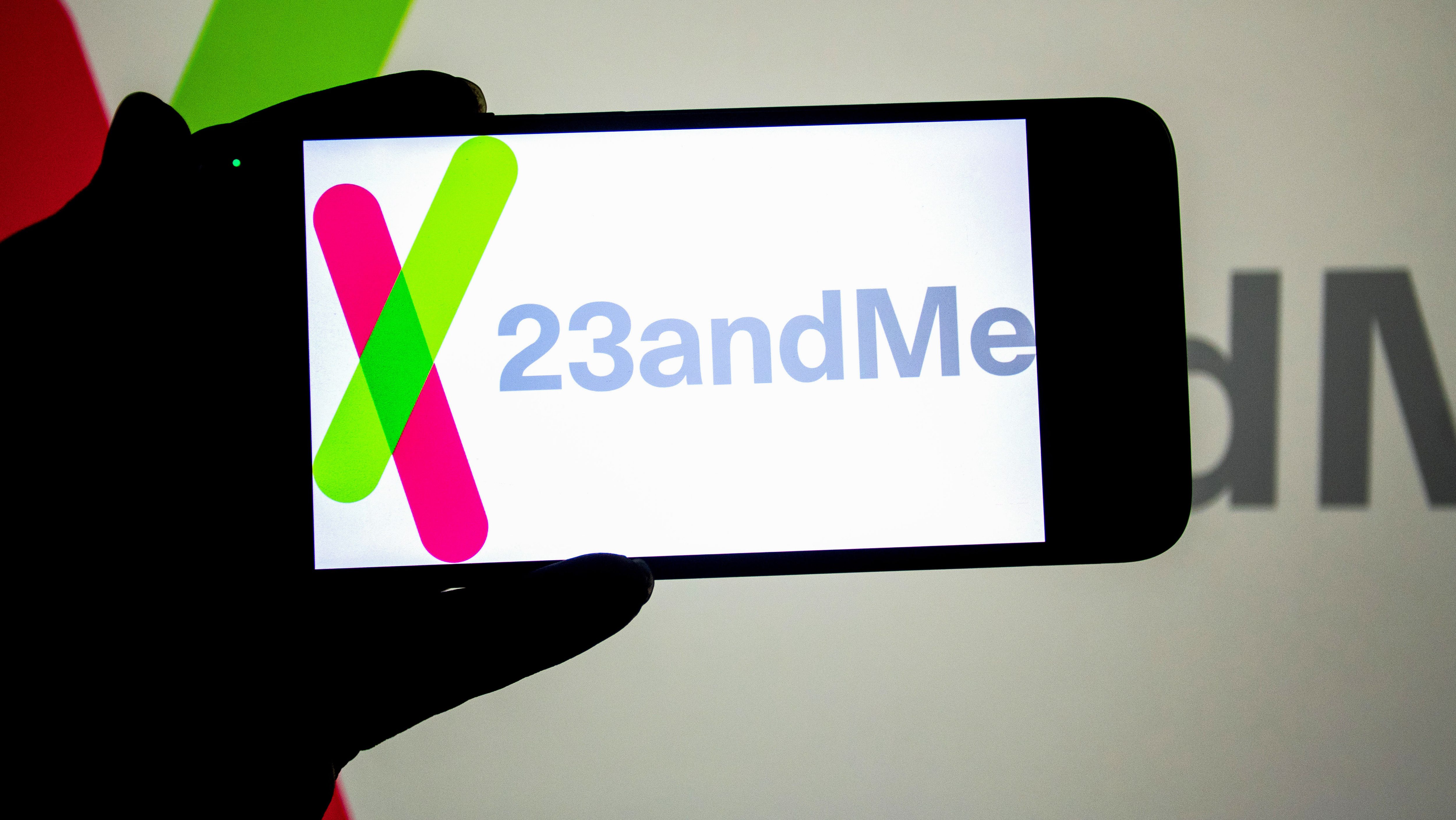REAL ID Deadline: Avoid Travel Headaches Starting Tomorrow!
REAL ID Deadline: Is Your Travel About to Get Grounded?
The REAL ID Countdown: Tick-Tock, Travel Time!
Remember Y2K? The Mayan calendar scare? Well, get ready for another date etched in the annals of worry: May 7th. Not that you could have missed it, but the deadline to get a REAL ID is nearly upon us after years of postponements and delays. And this time, it looks like it's for real (ID, get it?).
Starting May 7, your license or identification card will need to be REAL ID-compliant to fly domestically in the U.S. So, if your travel plans involve soaring through the friendly skies, pay attention! If you’re confused about how to get a REAL ID, why you even need one in the first place, and what happens if you don’t have one by May 7, here are some things to know:
Why All the Fuss About REAL ID?
Think of the REAL ID Act as the government's way of tightening security after the 9/11 attacks. It establishes minimum security standards for state-issued driver's licenses and identification cards. Basically, it's a more secure and standardized form of ID, ensuring that the person presenting it is who they claim to be. It's the bouncer at the door of domestic air travel, making sure only verified individuals get in.
So, What Exactly *Is* a REAL ID?
A REAL ID isn’t a separate card you get *instead* of your driver’s license or state ID. It’s just a driver’s license or ID card that meets the federal government’s security standards. You can easily spot a REAL ID because it will have a star in the upper portion of the card (typically gold or black). If you don't see the star, it's not REAL ID compliant.
Do I Really *Need* One? (The Million-Dollar Question)
Here's the short answer: If you plan to fly domestically, yes. Starting May 7, 2025, you’ll need a REAL ID-compliant driver’s license or another acceptable form of identification (like a passport) to board your flight. Think of it as your boarding pass 2.0.
But, let's say you're not a frequent flyer. Do you *still* need a REAL ID? It depends. A REAL ID can also be used to access federal facilities (like military bases) and nuclear power plants. So, if your hobbies include hanging out at top-secret government installations (we won't judge!), then yes, you'll likely need one.
Alternative IDs: The REAL ID Escape Hatch
Don’t panic if you can't get a REAL ID by the deadline. The TSA accepts other forms of identification, including:
- U.S. Passport
- U.S. Passport Card
- DHS trusted traveler cards (Global Entry, TSA Pre✓, NEXUS, SENTRI)
- U.S. military ID (active duty or retired military and their dependents)
- Permanent Resident Card (Green Card)
- And several other types of federally issued IDs
Think of these as your "Get Out of REAL ID Free" cards. Check the TSA website for a complete list of acceptable identification forms.
How to Get Your Hands on a REAL ID: A Step-by-Step Guide
Getting a REAL ID is a bit like assembling IKEA furniture: it requires patience, attention to detail, and possibly a few choice words. Here’s what you need to do:
Gather Your Documents: The Paper Chase Begins
This is the most crucial step. You'll need documents that prove your identity, date of birth, Social Security number, and address. Think of it as building your identity profile, brick by brick. Each state's requirements vary slightly, so check your local DMV website, but generally, you'll need:
- Proof of Identity: An unexpired U.S. passport or birth certificate.
- Proof of Social Security Number: Your Social Security card, a W-2 form, or a pay stub.
- Proof of Residency: Two documents showing your current address, like a utility bill, bank statement, or lease agreement.
Head to Your Local DMV: Prepare for the Adventure
Brace yourself. The DMV can be an adventure in itself. Make an appointment if possible to avoid long wait times. Think of it as securing your VIP pass to the REAL ID party. Be sure to bring all your required documents.
Pay the Fee: The Price of Security (and Convenience)
There's a fee associated with getting a REAL ID, which varies by state. Be prepared to pay with cash, check, or credit card (depending on the DMV's accepted payment methods).
Receive Your REAL ID: The Grand Finale
In many states, you'll receive your REAL ID in the mail a few weeks after applying. In other states, you may get a temporary paper ID and the REAL ID card will be mailed later. Congratulate yourself – you've conquered the REAL ID challenge!
What Happens if I Don't Have a REAL ID After May 7?
Simple: you won’t be able to board your flight using just your standard driver’s license or state ID. The TSA agent will turn you away at the security checkpoint. Think of it as getting a red card in a soccer match – game over. You’ll need to present an alternative form of identification, like a passport.
REAL ID Myths Busted: Separating Fact from Fiction
With any government initiative, myths and misconceptions are bound to circulate. Let's debunk some common REAL ID myths:
Myth #1: I need a REAL ID to vote.
False. The REAL ID Act doesn't affect voter registration or voting. You can still vote with your current driver's license (unless your state requires a photo ID to vote – in which case, check your state's specific voting laws).
Myth #2: I need a REAL ID to drive.
False. You only need a REAL ID to fly domestically or access certain federal facilities. You can still drive with your standard driver’s license.
Myth #3: I can get a REAL ID online.
False. You'll need to visit your local DMV in person to apply for a REAL ID.
REAL ID and International Travel: A Separate Story
A REAL ID is only valid for domestic travel within the United States. For international travel, you'll still need a valid U.S. passport. Think of your REAL ID as your ticket to ride the domestic airline rollercoaster, and your passport as your all-access pass to the world.
Is REAL ID Worth the Hassle? Weighing the Pros and Cons
Getting a REAL ID does involve some effort, but it offers several benefits:
- Convenience: You can use it for both domestic air travel and accessing federal facilities.
- Security: It's a more secure form of identification.
- Peace of Mind: You won't have to worry about being turned away at the airport.
On the other hand, there are also some potential drawbacks:
- Time and Effort: Gathering documents and visiting the DMV can be time-consuming.
- Cost: There's a fee associated with getting a REAL ID.
- Potential Privacy Concerns: Some people worry about the government tracking their movements with a standardized ID. However, REAL ID just sets the minimum standards and is not a national database.
Navigating the DMV: Tips for a Smooth Experience
The DMV can be intimidating, but with a little preparation, you can make the process smoother:
- Make an Appointment: This will save you valuable time.
- Double-Check Your Documents: Ensure you have all the required documents before you go.
- Be Patient: The DMV can be busy, so be prepared to wait.
- Be Polite: Treat the DMV staff with respect. A little kindness can go a long way.
REAL ID for Children: What You Need to Know
Children under 18 are not required to have a REAL ID to fly domestically, as long as they are traveling with an adult who has acceptable identification. However, it's always a good idea to check with the airline for their specific requirements.
State-Specific Requirements: Know Your Local Rules
While the REAL ID Act sets federal standards, each state has its own specific requirements for obtaining a REAL ID. Always check your state's DMV website for the most up-to-date information.
The Future of Identification: Beyond the REAL ID
The REAL ID Act is likely just the beginning of a trend toward more secure and standardized identification. As technology advances, we may see even more sophisticated forms of ID, such as digital IDs stored on smartphones or biometric identification systems.
Don't Delay, Get Your REAL ID Today!
The clock is ticking! Don't wait until the last minute to get your REAL ID. Start gathering your documents and schedule an appointment at your local DMV. A little preparation now can save you a lot of headaches later.
Conclusion: Fly High, Avoid the Real ID Low
The REAL ID Act is here to stay, and starting May 7, 2025, it will impact your ability to fly domestically. Getting a REAL ID might seem like a hassle, but it's a worthwhile investment in your travel convenience and peace of mind. So, don't get grounded – get REAL ID ready!
Frequently Asked Questions (FAQs)
Here are some common questions about REAL ID:
- Q: I have a Global Entry card. Do I still need a REAL ID?
- A: No, a Global Entry card is an acceptable form of identification for domestic air travel, so you don't need a REAL ID.
- Q: My driver's license expires a few months after the REAL ID deadline. Should I renew it now to get a REAL ID?
- A: Yes, it's a good idea to renew your license now to ensure you have a REAL ID-compliant license by the deadline.
- Q: I'm traveling with my family, and only I have a REAL ID. Will my family be able to fly with me?
- A: Yes, as long as you have an acceptable form of identification, your family members under 18 will generally be able to fly with you. However, it's always best to check with the airline for their specific requirements.
- Q: I lost my Social Security card. Can I use a copy of my tax return as proof of my Social Security number?
- A: In most states, a copy of your tax return is an acceptable form of documentation as proof of Social Security number, but it's always best to check the DMV's specific requirements to be certain.
- Q: I live in a state that doesn't issue REAL IDs. What should I do?
- A: All states are now issuing REAL ID-compliant licenses. However, if for some reason your state is not, you'll need to use an alternative form of identification, like a U.S. passport.

